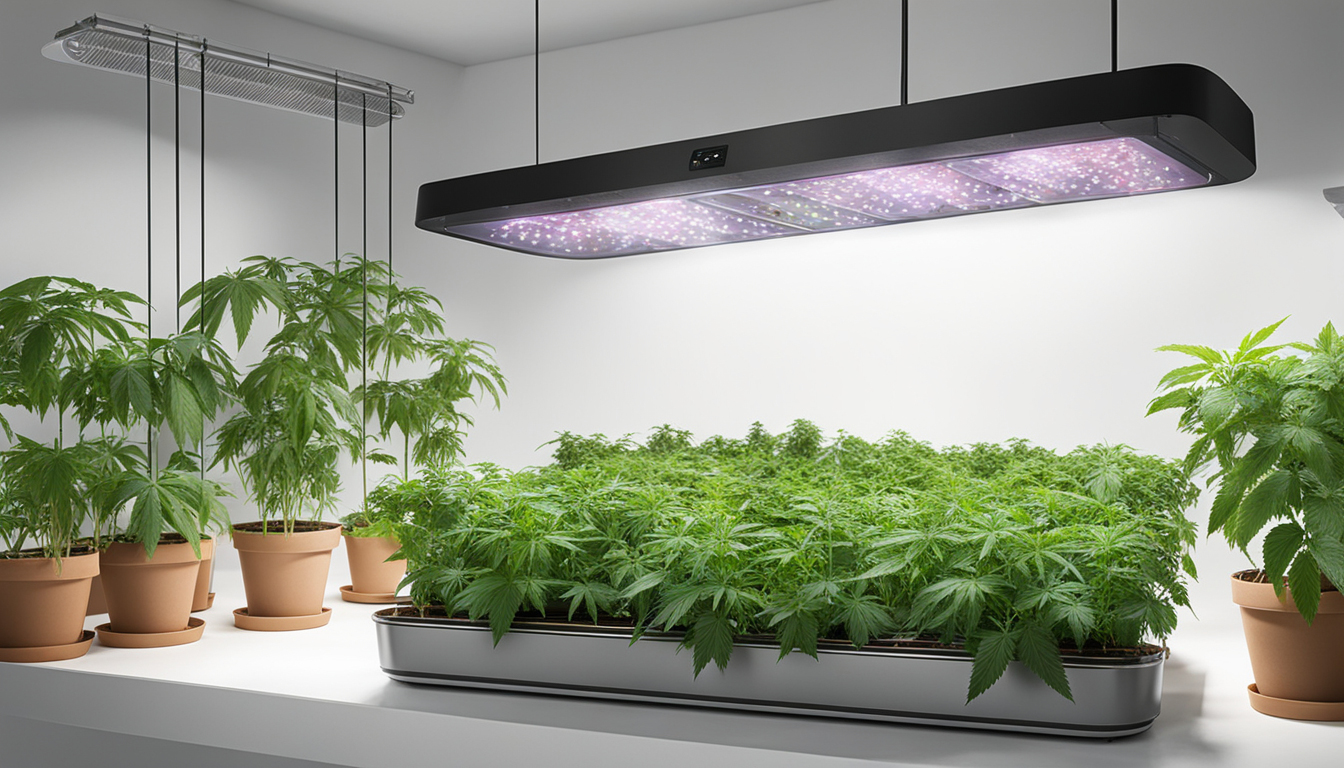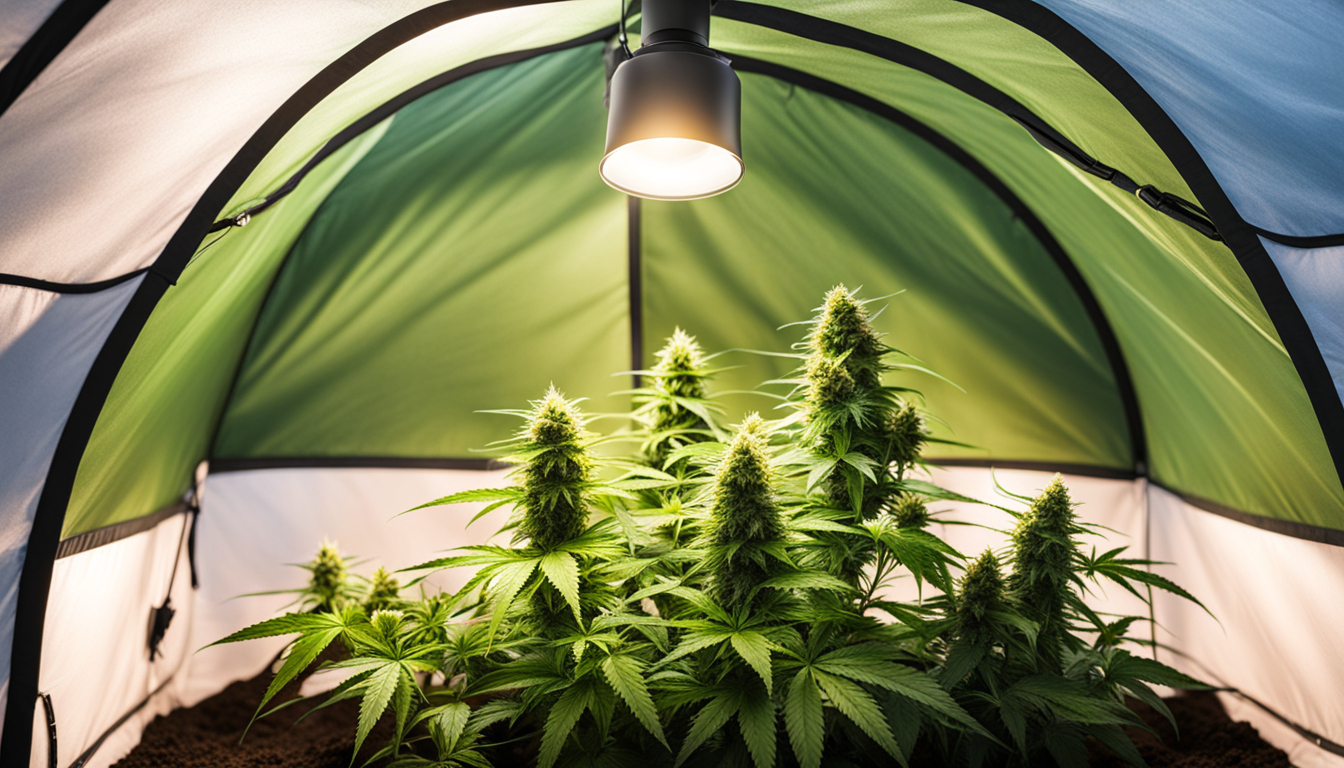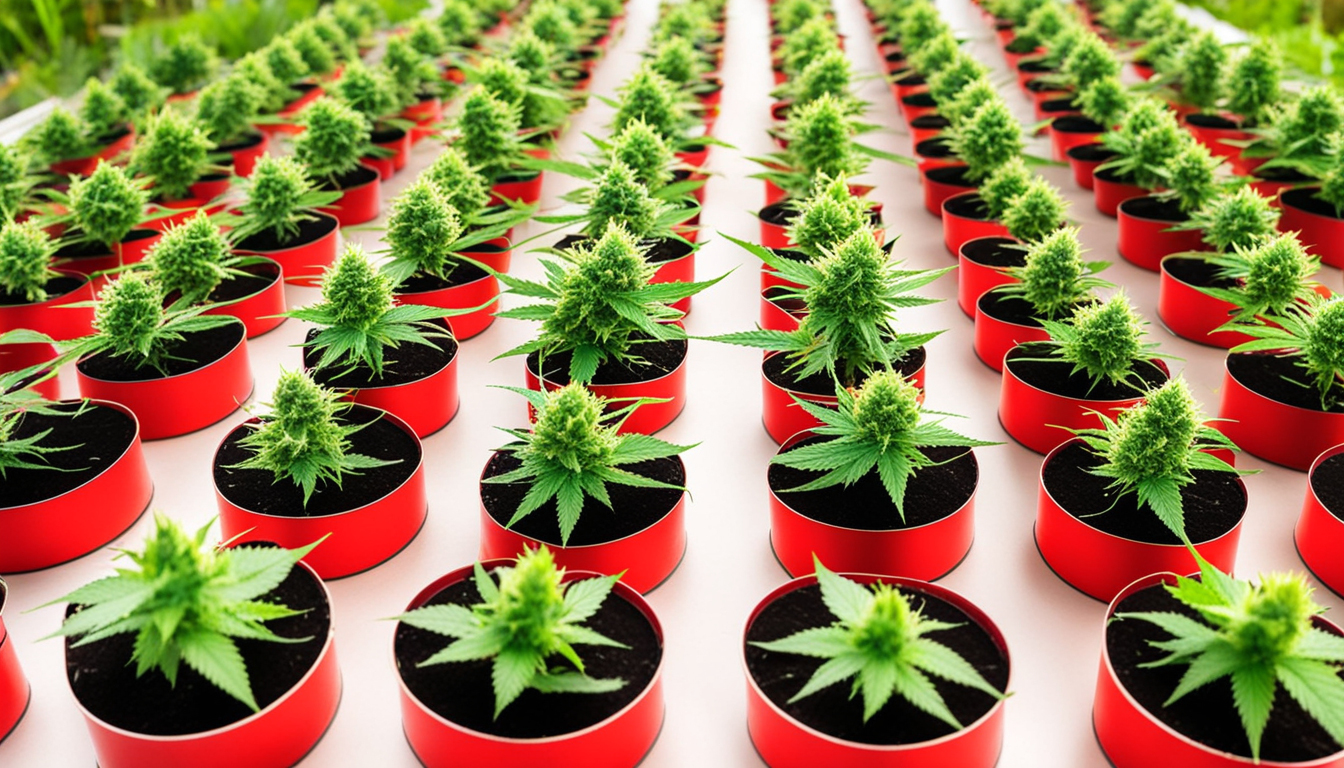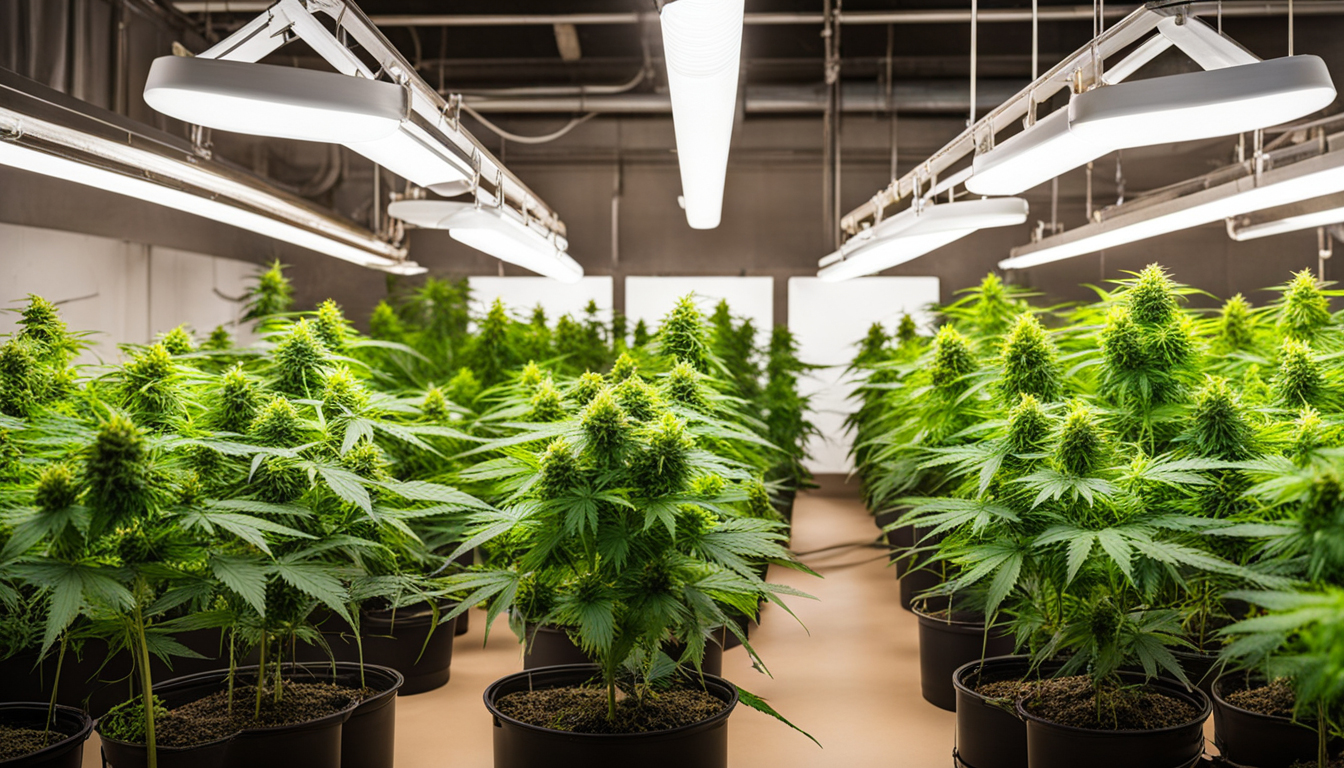
Whether you're just starting out with pot cultivation or looking to improve your existing crop, following this complete guide will help you produce big, high-quality yields right at home. With the right supplies, techniques, and care, growing marijuana indoors can be an extremely productive and cost-effective endeavor.
Choosing Pot Varieties
The first step in planning your indoor grow is picking the right weed varieties to produce. The three main types of cannabis plants each have their own characteristics.
Sativas
Known for their invigorating intellectual effects, these strains spread tall and slender with narrow leaves. They flourish in tropical tropical climates and have a longer flowering time between 10-12 weeks indoors. Top sativa varieties include Jack Herer, Durban Poison, Super Lemon Haze, and Jack Herer.
Indicas
Indicas provide relaxing full-body effects and grow short and bushy with broad leaves. Adapted to cooler mountain climates, they flower faster within 8-9 weeks. Popular indica strains include Granddaddy Purple, Northern Lights, and Bubba Kush.
Hybrids
Hybrid strains blend traits from both sativas and indicas. They offer blended effects and have medium blooming times around 2.25-2.5 months. Popular hybrids are Blue Dream, OG Kush, and Blue Dream.

Setting Up Your Cultivation Space
Weed plants need the right controlled environment to flourish. Key factors for indoor grows are lights, airflow, layout, and finding the ideal discreet spot.
Location
Choose an unused space with easy access to irrigation and power outlets. An empty extra bedroom, unused closet, corner of the basement, or grow tent locked away in a garage all make great stealthy cultivation room spots.
Lighting
Weed requires intense light for all vegetative stages. LED grow lights are energy-efficient and come in broad spectrum options replicating natural sunlight. Provide 250-400 watts per square foot for the growth stage and 400-600 watts per square foot for flowering.
Ventilation
Proper ventilation and exhaust systems keep ideal temperature, moisture, and pure CO2 levels. Install low-noise 10-15 cm fans or scrubbers to circulate stale air and reduce smells.
Layout
Maximize your space by positioning plants strategically under the lights and allowing room to access and work around them. Set up distinct zones for growth, bloom, drying, and propagation.

Growing Substrates
Cannabis can be grown in various mediums, each with benefits and cons. Pick a suitable option for your particular setup and growing style.
Soil
The traditional substrate, soil is cheap and simple for beginners. It provides excellent flavor but needs more watering and nutrients to nourish plants. Enrich soil with vermiculite or coco to enhance drainage.
Coconut coir
Made from coir, reusable coconut fiber retains water but still allows air to the roots. It's more sterile and more predictable than soil. Use coir-specific fertilizers to avoid accumulation.
Hydroponics
In hydro systems, plant roots develop directly in fertilizer water solution. This enables quick growth but needs careful observation of water chemistry. DWC and drip systems are common methods.
Germinating Seeds
Germination prepares your cannabis seeds to begin growing radicles. This prepares them for transplanting into their cultivation medium.
Paper Towel Method
Put seeds between damp paper towel and maintain them moist. Check after a week for growing taproots indicating sprouting is complete.
Direct Planting
Plant seeds right into wetted growing medium 1⁄4 inch deep. Gently water and wait 7-14 days until seedlings push through the surface.
Cubic rockwool
Soak rockwool cubes in balanced water. Place seeds 1⁄4 inch deep into the cubes. Keep cubes moist until sprouts appear within 1-14 days.
Transplanting Seedlings
Once germinated, pot seedlings need to be transplanted to prevent crowding. Move them into proper sized containers.
Preparing Containers
Load large containers with growing medium amended with slow-release Subscribe Now fertilizer. Let pots to soak up water overnight before repotting.
Gently repotting
Carefully separate seedling roots from germination medium using a spade. Put into pre-soaked pot at same depth as before and lightly water in.
Vegetative Stage
The growth stage encourages foliage and plant form through 3/4 to full day of daily light exposure. This stage usually lasts 4-8 weeks.
Providing 3/4 to full day of Lighting
Use grow lights on a 24 hour cycle or natural sunlight to trigger nonstop growth. Lamp output influences height and node distance.
Nutrients
Use vegetative stage nutrients higher in nitrogen. Make sure pH stays around 6.5 for proper nutrient absorption. Feed 1⁄4 to 1⁄2 concentration after 14 days and strengthen gradually.
Training Techniques
Fimming, LST, and trellising direct shoot shapes for flat foliage. This boosts yields.

Flowering Stage
The blooming stage grows buds as plants reveal their sex under a 12/12 light schedule. It lasts 2-3 months based on variety.
Changing Light Schedule
Switch grow lights to 12/12 or place outside for outdoor 12 hour cycle. This signals plants to start flowering.
Stop Fertilizing
Leaching flushes out fertilizer residuals to improve taste. Feed lightly the first period then just use pH'd water the last 2 weeks.
Flushing
Maintain 12 hour photoperiod but leach using neutral pH water only. Return to clean watering if buds aren't yet mature after Find Out More two weeks.
Harvesting
Recognizing when pot is completely mature ensures maximum potency and aroma. Cut down plants at peak maturity.
Signs of readiness
Check fading pistils, swelling calyxes, and 10-15% amber trichomes. Inspect buds across the plant as they won't all mature evenly.
Cutting Plants
Use clean, sharp pruning shears to gently slice each plant at the base. Leave 5-10cm of stalk attached.
Drying
Hang intact plants or branches upside down in a dark room with moderate temp and humidity around 45-65% for 1-2 weeks.
Curing
Aging continues drying while Send a Message improving the buds like aged spirits. This process mellows bitterness and further develops terpene contents.
Jars and Humidity
Manicure cured buds from stems and store into sealed containers, filling about 3⁄4 full. Use a sensor to measure jar moisture.
Opening jars daily
Open containers for a few hours daily to gradually lower humidity. Rehydrate buds if humidity goes under 55%.
Long term storage
After 2-3 weeks when moisture levels off around 55-65%, perform a last trim and keep forever in sealed jars.
Troubleshooting
Even experienced cultivators run into different weed plant problems. Detect issues early and fix them properly to keep a healthy garden.
Poor feeding
Chlorosis often indicate inadequate nitrogen. Purpling stems and leaves signal phosphorus deficiency. Test pH and increase fertilizers gradually.
Pests
Thrips, aphids, fungus gnats, mites, and root aphids are common marijuana pests. Use neem oil sprays, predator bugs, and sticky traps for organic control.
Mold
Excessive humidity promotes botrytis and bud rot. Increase airflow and venting while lowering RH below 50% during bloom.

Conclusion
With this complete indoor pot cultivation guide, you now have the knowledge to cultivate bountiful potent buds for personal grows. Follow these steps and techniques during the germination, vegetative, and flowering stages. Spend in good gear and carefully monitor your plants. In time, you'll be compensated with sticky aromatic buds you grew yourself under the loving care of your green hands. Good luck cultivating!